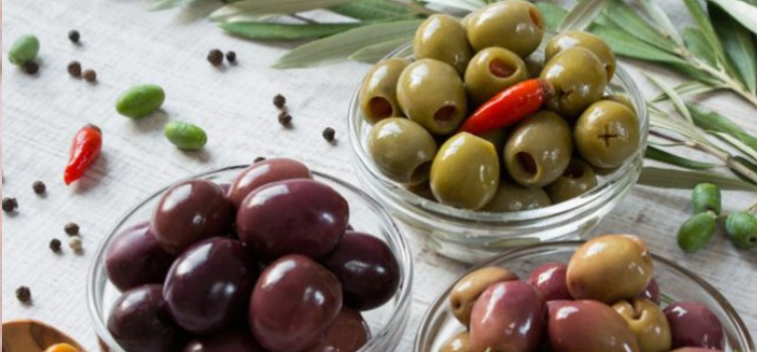
Surely you have ever wondered why some olives are green, others black and others even a purple hue. No, it is not because there are green and black olive trees, nothing is further from reality. The olive tree, despite having more than 300 varieties, will always give green olives if they are not allowed to mature.
Because of this, the color of the olives will depend on the stage of maturation in which they are picked. In the case of green ones, they are collected from the olive tree that is still immature when they reach a normal size. If they are allowed to mature, they begin to darken, (what is commonly called “enverar” in Spanish language), adopting violet, chestnut and reddish tones until they reach full ripeness, in which they turn black. The duration of this period is variable, depending mainly on the climate, variety and harvest of these olives.
However, it must be clarified that the olive can have several destinations, one of which is the production of oil and the other as a table fruit. Not all varieties of olives serve both uses, and there are clearly focused on the production of oil and others intended to be table olives. There is also a third group that, however, can accept both exits equally well.
The process to get a black olive is as simple as picking the fruit when it is already in full ripeness, so that the more mature, darker it will be. If the olive is picked green, that is to say before ripeness but, when it has already reached its normal size, it will remain green during the treatment and in the final result.
The shade of green will depend on the type of ripeness that the variety has and the size that the olives reach. Why the olive does not reach the direct table of the tree, as do pears, apples, peaches, etc. Normally they go through a process of lactic fermentation (by bacteria that transform the sugars into lactic acid and, in this way, they acidify the pulp, soften it and preserve it against other pathogens) and then a conservation in brine or other methods. This fermentation is what makes the pulp of the olive edible, and it is usually prepared with a dressing of aromatic herbs so that the meat acquires its appetizing and characteristic flavor.